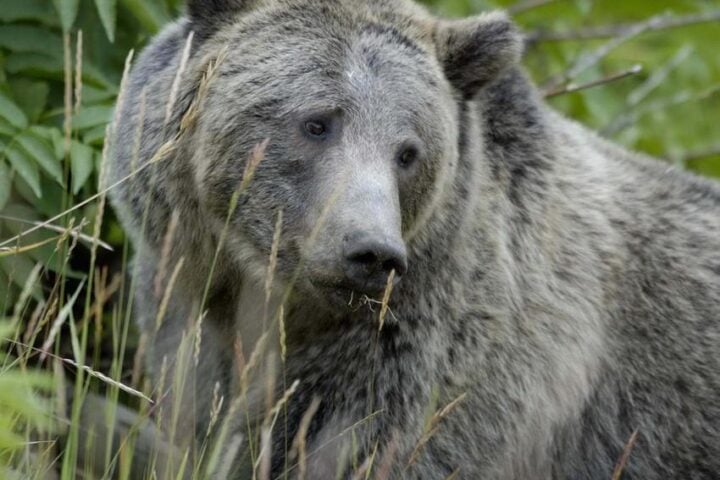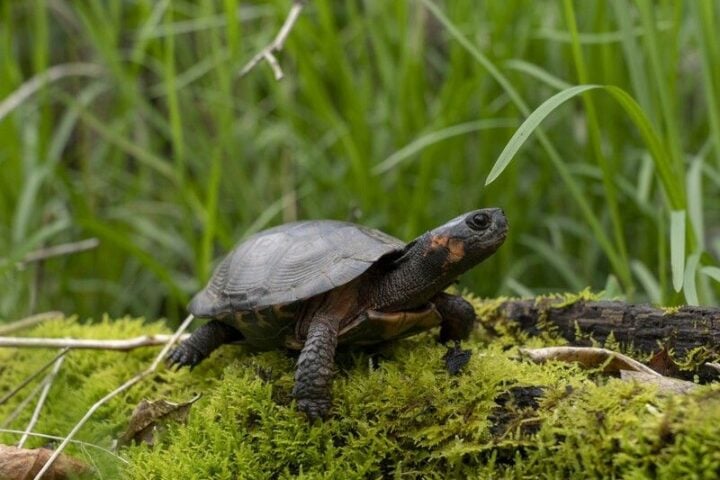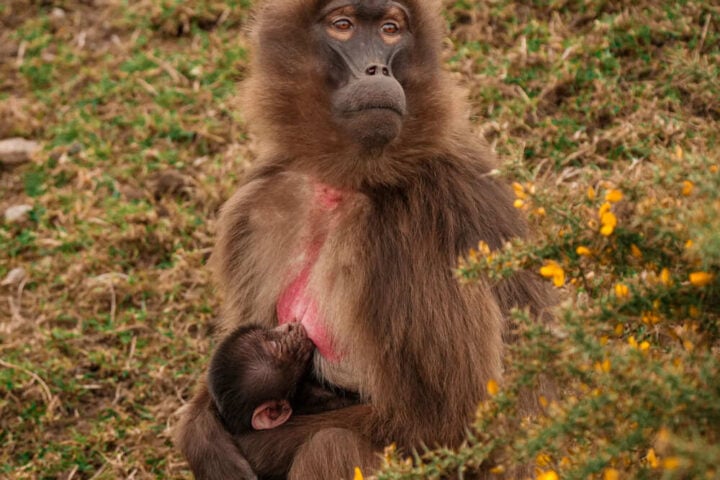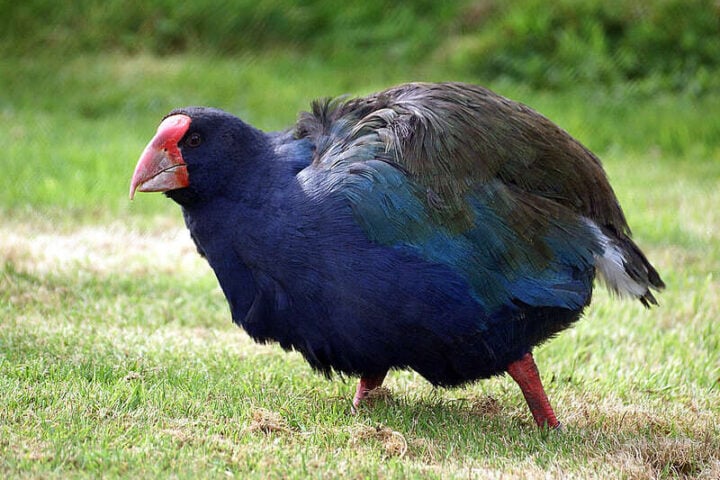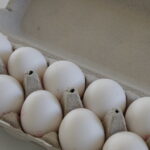Starlings have reached their lowest numbers ever recorded in UK gardens, according to the latest results from the RSPB’s Big Garden Birdwatch 2025. For the first time since the survey began in 1979, these once-common birds have fallen to fourth place in the annual count.
Nearly 600,000 people across the UK took part in the world’s largest garden wildlife survey this January, counting over nine million birds. The results paint a worrying picture for starlings, which were once the most numerous species spotted in British gardens before 2000.
“Starlings are one of our most charismatic garden birds, but this year’s Big Garden Birdwatch results are a reason for concern,” said RSPB Chief Executive Beccy Speight. “With one in six species at risk of extinction in Great Britain, we’ve done more damage to our natural world than we realize.”
The drop in starling numbers isn’t a new trend, but part of a steep, ongoing decline. The UK breeding population has decreased by a staggering 82% between 1970 and 2022. This dramatic fall has placed starlings on the UK’s Red List, marking them as a species of high conservation concern.
Meanwhile, the House Sparrow is the most commonly seen garden bird, though its numbers have also fallen by 54% since the 1970s. Blue Tits took second place, followed by Wood Pigeons, with Blackbirds rounding out the top five.
Why Are Starlings Disappearing?
While experts don’t have definitive answers about what’s driving the starling decline, several factors likely play a role:
Changes in farming practices may be reducing their food supply. Intensive agriculture has led to fewer grassland areas and fewer insects, which starlings rely on to feed their young.
Similar Posts
Modern housing developments offer fewer nesting sites for these cavity-nesting birds, which traditionally used holes in trees and old buildings.
Emma Marsh, RSPB’s executive director, emphasized that small actions in people’s gardens can help reverse this trend. “It is a real shame because the starling is one of our most charismatic birds,” she told Radio 4’s Today programme.
What You Can Do
The RSPB recommends several simple steps that can benefit starlings and other garden wildlife:
Avoid using pesticides, which reduce insect populations that starlings depend on for food.
Mow lawns occasionally but not too frequently. Starlings prefer short grass for spotting predators while feeding, but natural lawns with wildflowers like dandelions and clover provide more invertebrates for them to eat.
Install nest boxes with entrance holes measuring 45mm (1.7in) to give starlings places to raise their young.

The overall picture for UK bird populations remains concerning. Government statistics show bird numbers dropped by 2% across the UK between 2018 and 2023, with a steeper 7% decline in England.
Despite these alarming trends, the record participation in this year’s Big Garden Birdwatch shows growing public interest in garden wildlife. With continued awareness and small changes to how we manage our gardens, there’s hope that starlings might once again become a common sight in UK gardens.
Frequently Asked Questions
Starlings play a vital role in UK ecosystems by controlling pest populations, especially insects and grubs that can damage plants. Their dramatic aerial displays (murmurations) are also a beloved natural spectacle. As insectivores, they help maintain the ecological balance in gardens and agricultural areas. Their decline indicates broader environmental issues affecting biodiversity across the UK.
The decline is extremely severe. Starling populations have dropped by 82% between 1970 and 2022. Once the most abundant garden bird before 2000, they now rank fourth in the Big Garden Birdwatch 2025, appearing in only 34.4% of gardens. This dramatic decrease has placed starlings on the UK’s Red List as a species of high conservation concern.
Several factors contribute to the starling decline, though researchers don’t have definitive answers. Major causes likely include intensive farming practices reducing grassland and insect populations (their primary food source), modern housing developments offering fewer nesting sites, and possible impacts from pesticide use. Climate change may also be affecting the timing of insect availability relative to their breeding cycle.
The Big Garden Birdwatch is the world’s largest garden wildlife survey, run annually by the RSPB since 1979. Nearly 600,000 people participate by counting birds in their gardens for one hour during the last weekend in January. This citizen science project provides crucial long-term data on bird population trends, helping conservationists identify species at risk and develop effective protection strategies.
You can support starlings by: avoiding pesticides that kill insects starlings feed on; maintaining some areas of short grass for them to forage in; keeping parts of your lawn natural with wildflowers like dandelions and clover to attract invertebrates; installing nest boxes with 45mm entrance holes; and providing clean water for drinking and bathing. Even small actions can make a difference when adopted by many gardeners.
Yes, many UK garden birds are declining. While House Sparrows remain the most commonly spotted garden bird, their numbers have fallen by 54% since the 1970s. Government statistics show bird populations declined by 2% across the UK between 2018 and 2023, with England experiencing a steeper 7% drop. Greenfinches have also suffered, with their numbers down by 67.9% since records began.
![Representative Image: European Starling [49/366]. Photo Source: Tim Sackton (CC BY-SA 2.0)](https://www.karmactive.com/wp-content/uploads/2025/04/Starlings-Drop-82-in-UK-Gardens-as-Birdwatch-2025-Reveals-Record-Low-Count-Since-1979.jpg)


